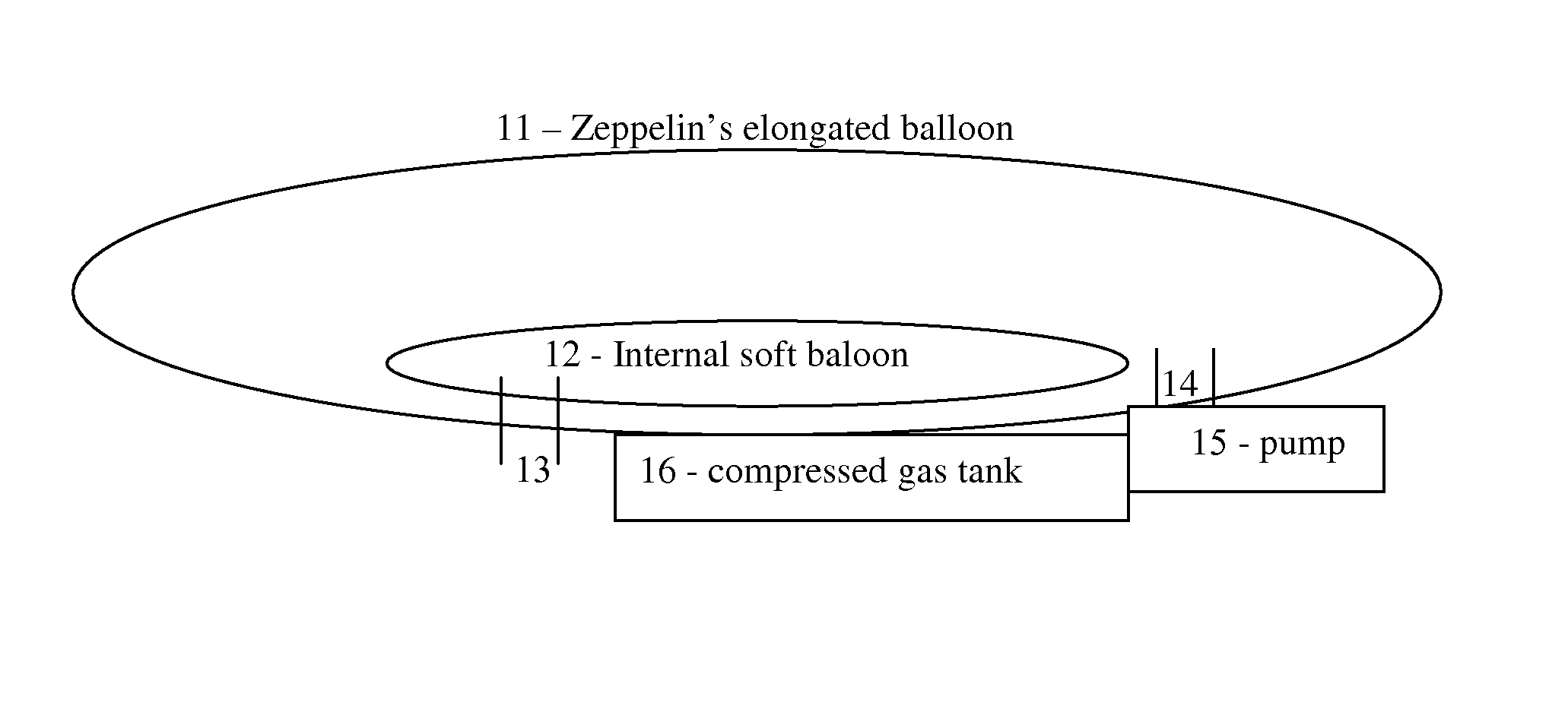System and method for saving the rainforests.
a technology of rainforests and systems, applied in the field of ecology, can solve the problems of rainforests less than 2, dubious rights to sell land on the moon, and multinationals paying governments, and achieve the effects of reducing pollution, reducing emissions, and increasing valu
- Summary
- Abstract
- Description
- Claims
- Application Information
AI Technical Summary
Benefits of technology
Problems solved by technology
Method used
Image
Examples
Embodiment Construction
[0039] All of the descriptions in this and other sections are intended to be illustrative examples and not limiting.
[0040] The above preferable solutions are hereby described in more detail: [0041] 1. Preferably the idea of sustainable harvesting is combined with the idea of selling real acres to people. So instead of buying something only on paper, preferably an organization or multiple organizations are created, which make sure that the acres that were bought for example from the governments of the relevant countries, are indeed under supervision and protection and that preferably as many of them as possible are preferably also used for sustainable harvesting. Experience has shown that people are willing to pay even $20 or more per acre for buying land on the moon (http: / / moonshop.com) from a guy named Dennis Hope, whose legal rights to sell land on the moon are dubious. Yet the price that multinationals pay the governments of these countries for allowing them do destroy the rain...
PUM
 Login to View More
Login to View More Abstract
Description
Claims
Application Information
 Login to View More
Login to View More - R&D
- Intellectual Property
- Life Sciences
- Materials
- Tech Scout
- Unparalleled Data Quality
- Higher Quality Content
- 60% Fewer Hallucinations
Browse by: Latest US Patents, China's latest patents, Technical Efficacy Thesaurus, Application Domain, Technology Topic, Popular Technical Reports.
© 2025 PatSnap. All rights reserved.Legal|Privacy policy|Modern Slavery Act Transparency Statement|Sitemap|About US| Contact US: help@patsnap.com


